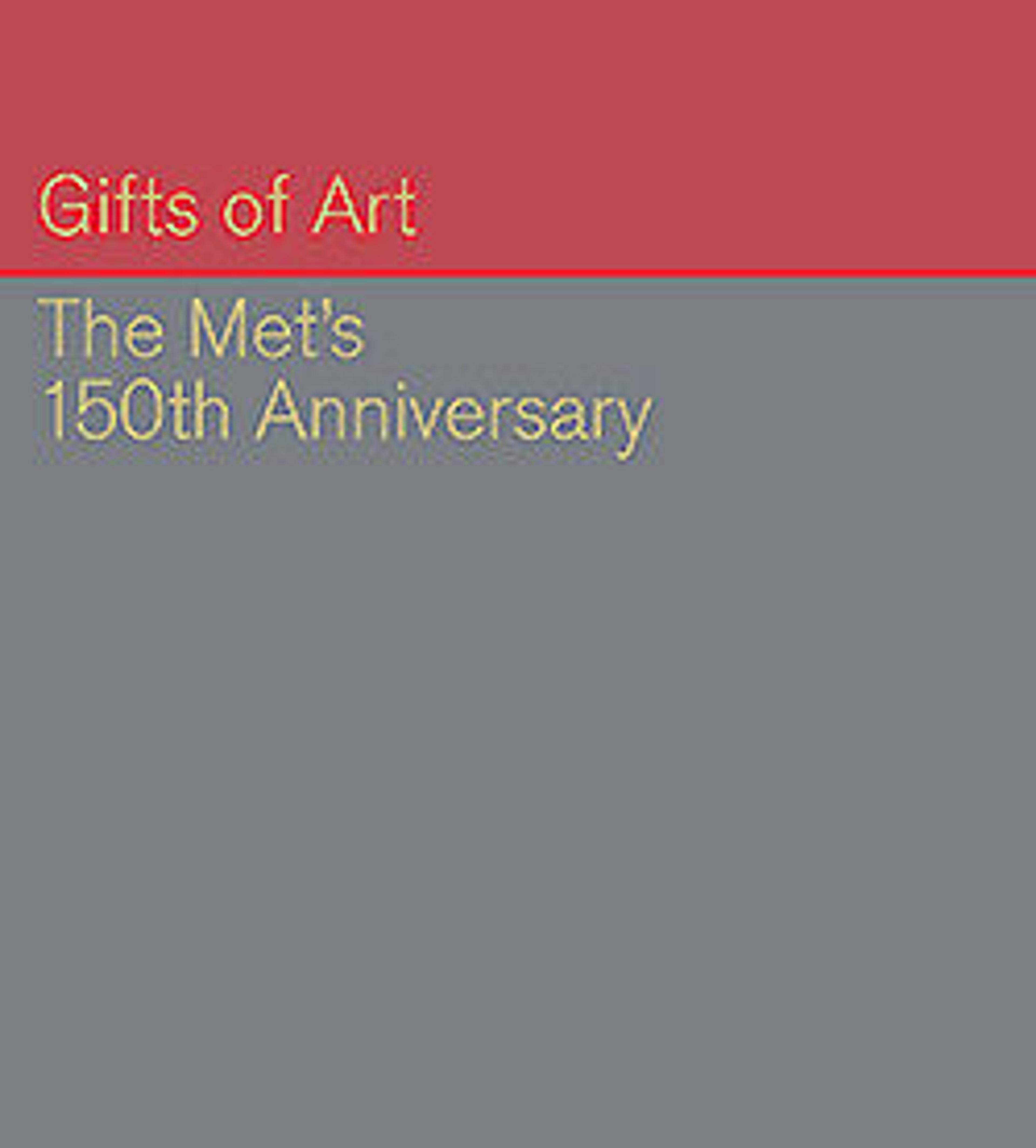Silkies
This tour de force of avian painting captures the subtle coloration and soft plumage of a cluster of seven silkies, a breed of chicken known for its fluffy, fur-like feathers. Also striking is the dark blue flesh of their wattles and earlobes, and the presence of five toes, rather than four, as most chickens have. In Japanese they are called ukokkei (Chinese: wuguji), which literally means "chickens with raven-black bones." They were raised to be eaten, and in China soup made from silkies is believed to have curative properties. Marco Polo, during his travels in Asia in the thirteenth century, wrote of encountering such peculiar furry chickens: "There is a strange thing there which I needs tell you ... they have a kind of fowls which have no feathers, but hair only, like a cat’s fur."
Artwork Details
- 森狙仙筆 烏骨鶏図
- Title:Silkies
- Artist:Mori Sosen (Japanese, 1747–1821)
- Period:Edo period (1615–1868)
- Date:before 1807
- Culture:Japan
- Medium:Hanging scroll; ink and color on silk
- Dimensions:Image: 33 3/4 x 51 in. (85.7 x 129.5 cm)
Overall with mounting: 72 5/8 x 60 1/16 in. (184.5 x 152.5 cm)
Overall with knobs: 63 9/16 in. (161.5 cm) - Classification:Paintings
- Credit Line:Fishbein-Bender Collection, Gift of T. Richard Fishbein and Estelle P. Bender, in celebration of the Museum’s 150th Anniversary, 2019
- Object Number:2019.419.3
- Curatorial Department: Asian Art
More Artwork
Research Resources
The Met provides unparalleled resources for research and welcomes an international community of students and scholars. The Met's Open Access API is where creators and researchers can connect to the The Met collection. Open Access data and public domain images are available for unrestricted commercial and noncommercial use without permission or fee.
To request images under copyright and other restrictions, please use this Image Request form.
Feedback
We continue to research and examine historical and cultural context for objects in The Met collection. If you have comments or questions about this object record, please contact us using the form below. The Museum looks forward to receiving your comments.
